Have you been thinking about competing in a Powerlifting or Olympic event? You’re on the right track! Training is a huge aspect, but another component is investing in an approved singlet (and gear in general). If you want to compete in an event, you will need a weightlifting singlet.
Chances are you’ve done your research and prepared your body with countless training days. Now it’s time to gather and prepare your gear, so you have the highest chance of success.
How do you know if you’ve selected the right kind of singlet? First, you cannot wear a wrestling singlet because it has high elasticity which allows you to have a lower squat depth. This could be seen as an unfair advantage.
Instead, look for technical factors that are approved by the International Powerlifting Federation (IPF) and USA Powerlifting (USAPL). For example, a thicker, form-fitting singlet will not be see-through and will provide you with years of use. Going with a more basic weightlifting singlet is another option, but it means cheaper material and price. Be aware that you might have to replace it more often.
If you’re an equipped lifter you’ll likely prefer a squat suit that has additional features, rather than those that raw powerlifters use. The difference between raw and equipped powerlifting is a highly debated topic, but we will let you decide which is best for you.
Today, we’ll focus on a few main topics, such as why you need to wear a powerlifting suit when competing, how to wear a singlet, and where you can buy a quality powerlifting singlet.

Why Do You Wear a Singlet in Weightlifting?
A weightlifting singlet is typically worn in Olympic Lifting and Powerlifting training and competitions by men and women. As we mentioned above, you have to wear a singlet to participate in any powerlifting or weightlifting competition. The reason you need to wear a weightlifting singlet is that they are form-fitting and allow the judges to evaluate form and movement clearly.
Before you compete, you should know that not all singlets are legal or provide sufficient support.
Now you’re probably wondering, “what kind of singlet is right for me?”. Let’s say you’re ready to compete in an IPF event or maybe even a USAPL competition. For either event, there are specific regulations and specifications that both organizations require a singlet to meet (the criteria are the same for IPF and USAPL).
Not having approved gear for the competition can mean disqualification and record invalidation even after the competition is completed.
How do you know if your singlet is approved for competition? The best place to look is the IPF or USAPL website for details. There, you’ll find a list of companies whose gear follows technical specifications and has been verified for use in events.
You’d be surprised which brand is and is not allowed in an event. Finally, if you plan on using other gear in your competition such as weightlifting belts, wrist wraps, or knee sleeves, make sure to check if they’re allowed before you compete. 
Buy 10mm lever belt
How to Wear a Powerlifting Singlet
According to the rules set by IPF, there are certain aspects of a singlet that have to be met to be able to be worn in a competition. So before purchasing and wearing one, you should remember these next singlet rules.
The most important features are that a singlet must fit tightly, the shoulder straps must stay on your shoulders at all times, the fabric must have the same thickness throughout its entirety, and the singlet legs have to be longer than 3cm but shorter than 25cm.
Remember, you have to wear a singlet brand that is approved by the IPF and/or USAPL. In raw events, the fabric cannot support any part of the execution of a lift. In equipped competitions, the singlet (referred to as a squat suit) provides more support while lifting.
What to Wear Under a Singlet
For powerlifting competitions, you have to wear a t-shirt underneath your singlet. You should pick one or two shirts that are blank or are part of the approved company list. You can wear briefs underneath your singlet. Women are allowed to wear a sports bra underneath their t-shirt.
How to Put on a Powerlifting Singlet
Before slipping on your singlet, the first thing you should do is tuck your t-shirt into your briefs. It’ll be more difficult to tuck once your powerlifting singlet is on. It might also be helpful to grab gloves with grip control so that they can help you pull up the singlet material more easily.
Next, make sure the logo on the singlet is facing forward, and then simply slip it on one leg at a time. It may be difficult to initially slip it on, so take your time or recruit help to ensure a snug and proper fit all the way through. You cannot have any creases or folds in your singlet.
Where to Buy a Powerlifting Singlet
There are plenty of options and brands to choose from when purchasing lifting singlets. The best resource to confirm approved singlet brands is the IPF website. There is a list of approved brands for men’s weightlifting singlets, as well as women’s weightlifting singlets.
The only thing the list doesn’t provide is the quality and reliability of the singlet. That decision is yours based on your own criteria like which brand you trust the most or previous reviews.
Most companies don’t provide the materials and fabrics used in their singlets, so choose carefully. Also pay attention to the fit, especially around the groin area, as some singlets can be quite constrictive and revealing. The best type of lifting singlet is one that is made from a polyester and nylon blend. This material is supportive, stretches with you, and still fits you no matter your body shape.
Conclusion on Lifting Singlets
Today we covered why you need to wear a powerlifting singlet when competing, how to wear a singlet, and where you can buy a quality powerlifting singlet. We hope this has been helpful to you. If you’re competing soon or have specific questions about singlets, let us know in the comments below.
|
|

BUY NOW |

BUY NOW |








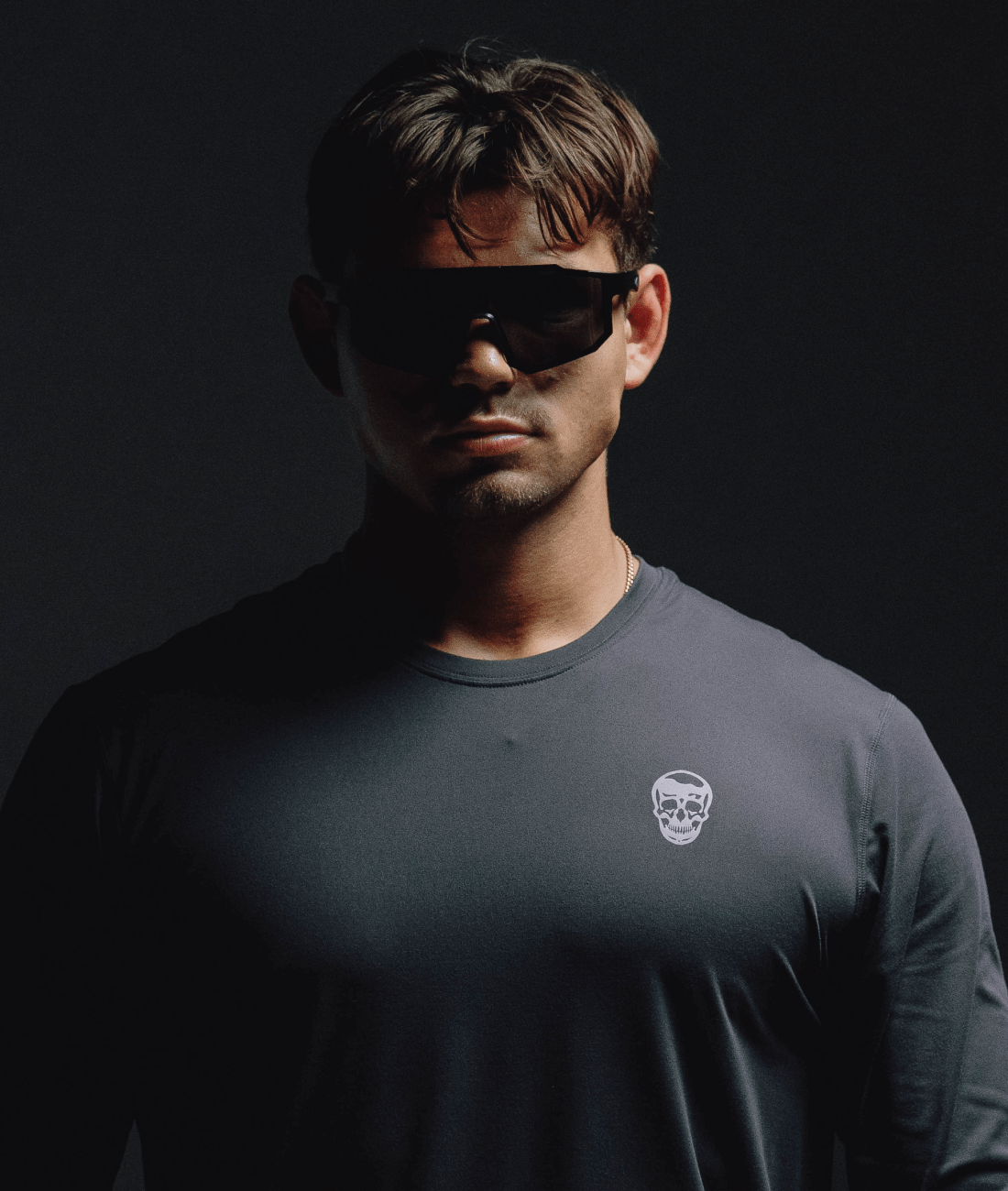
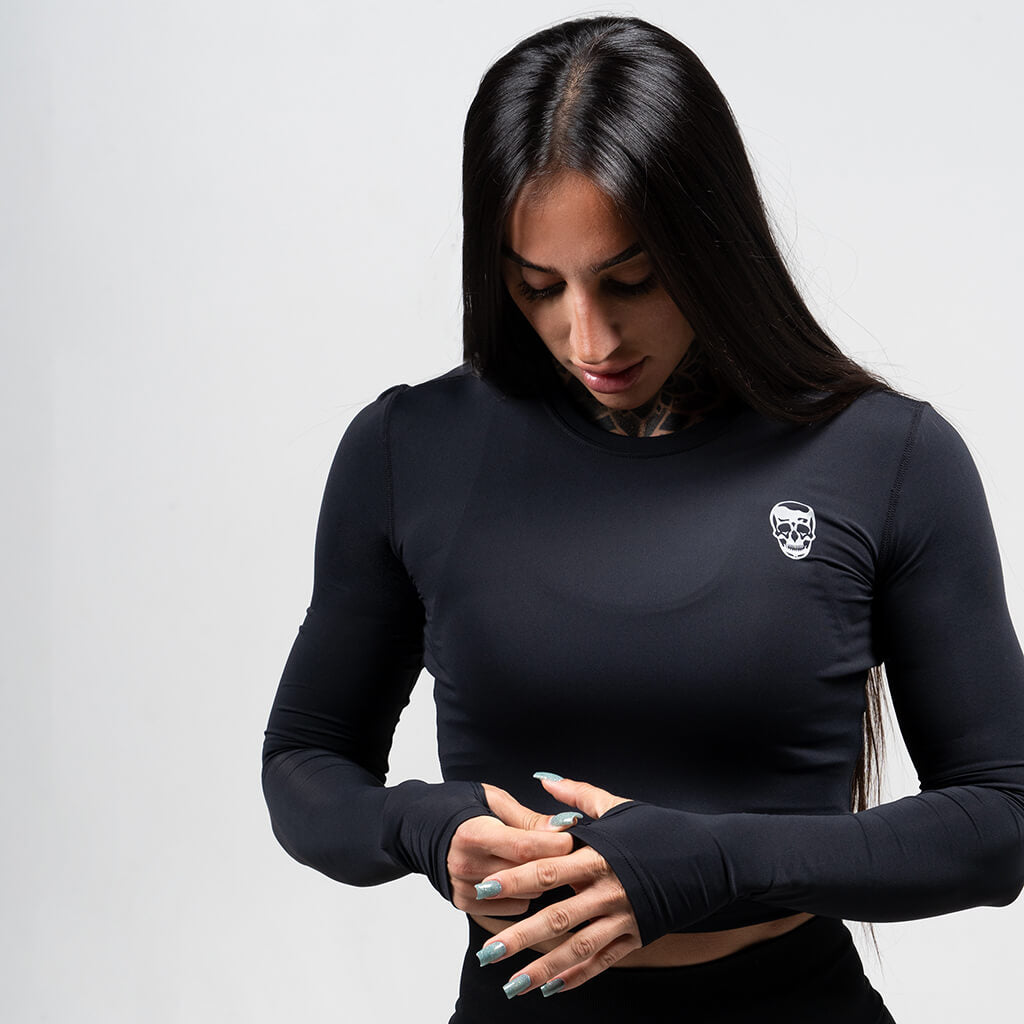
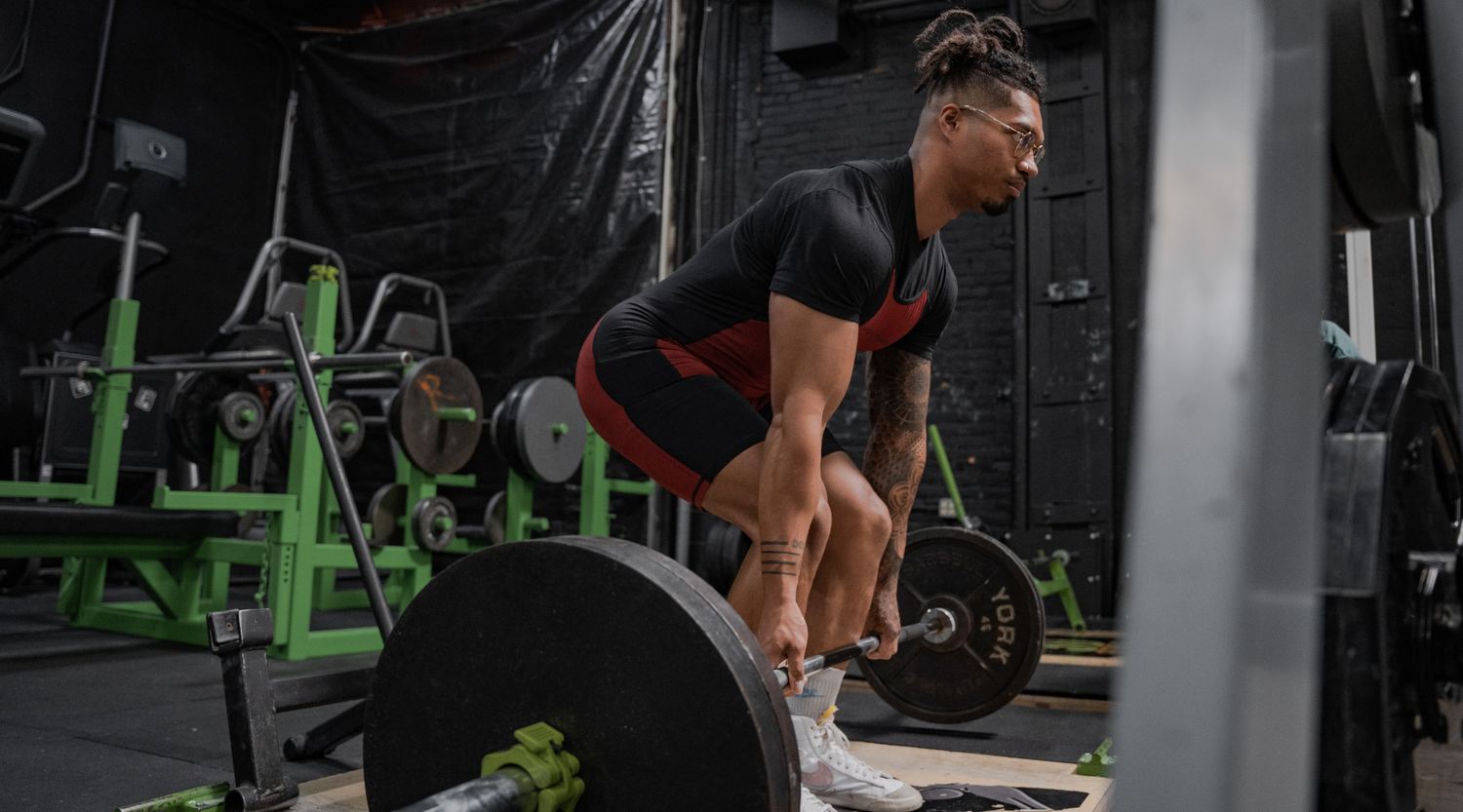


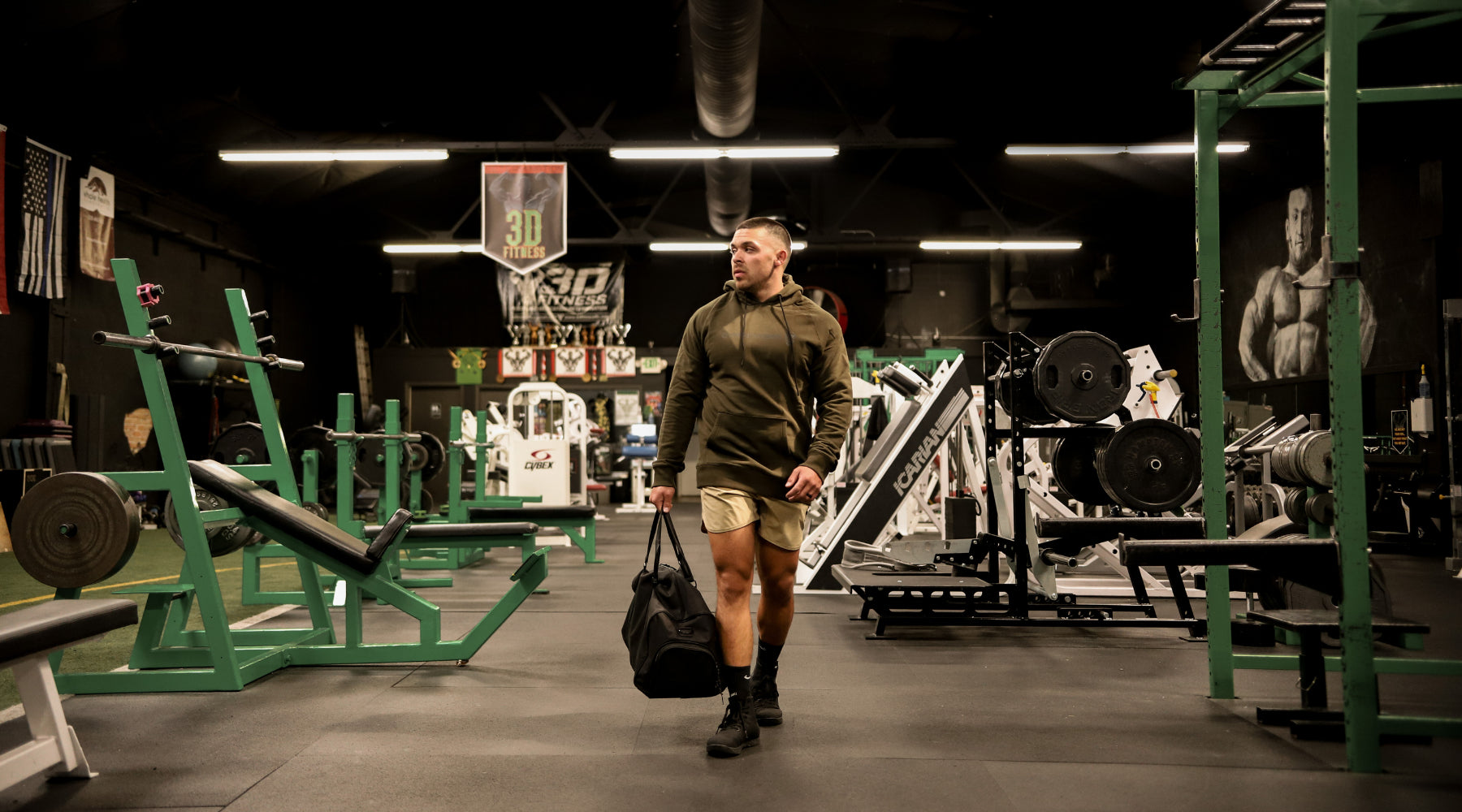
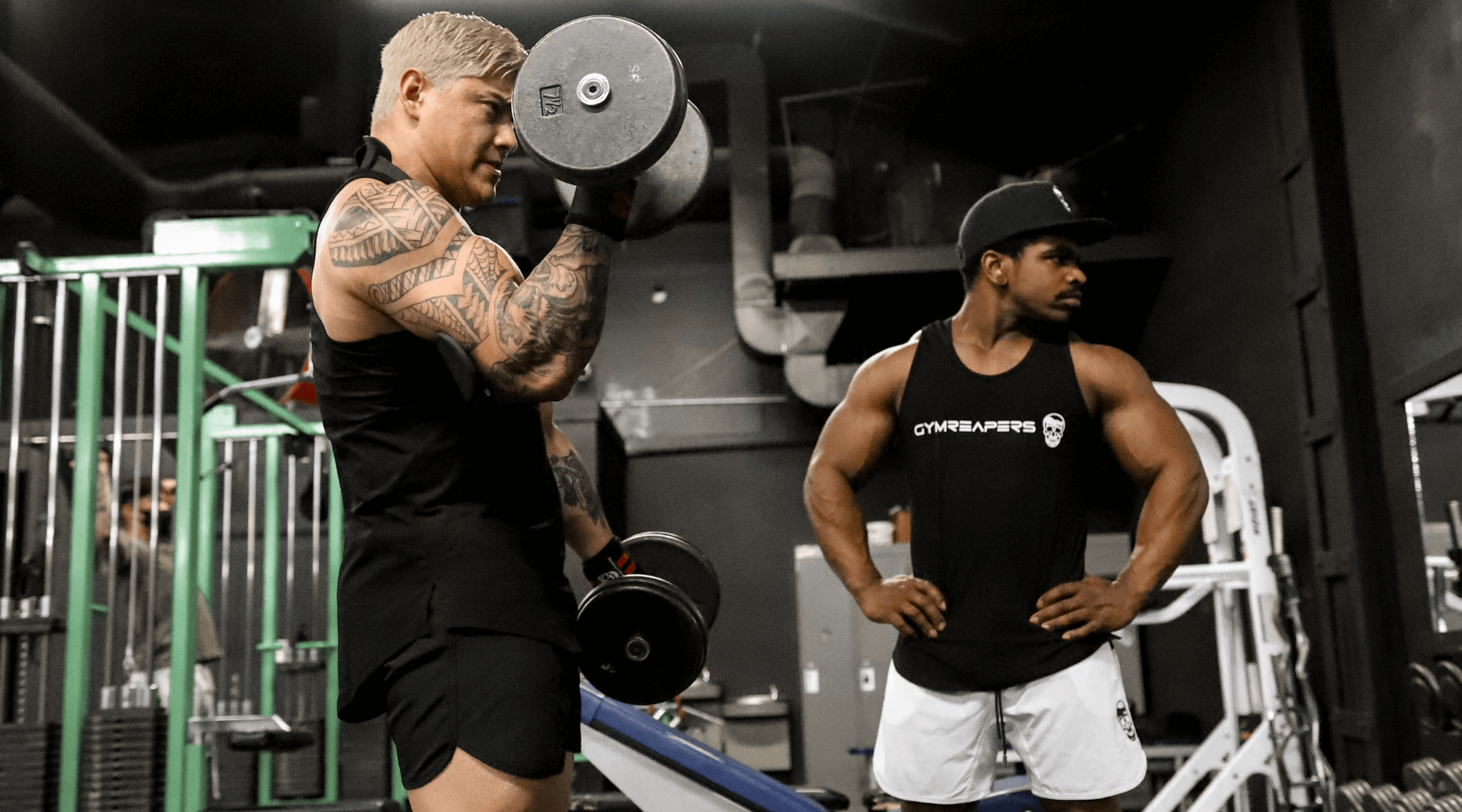
Leave a comment
All comments are moderated before being published.
This site is protected by hCaptcha and the hCaptcha Privacy Policy and Terms of Service apply.